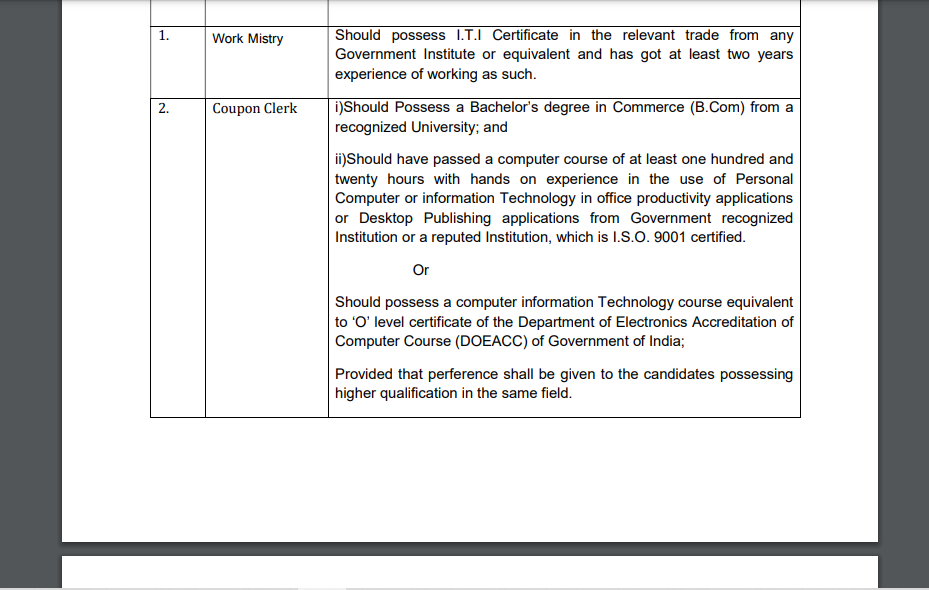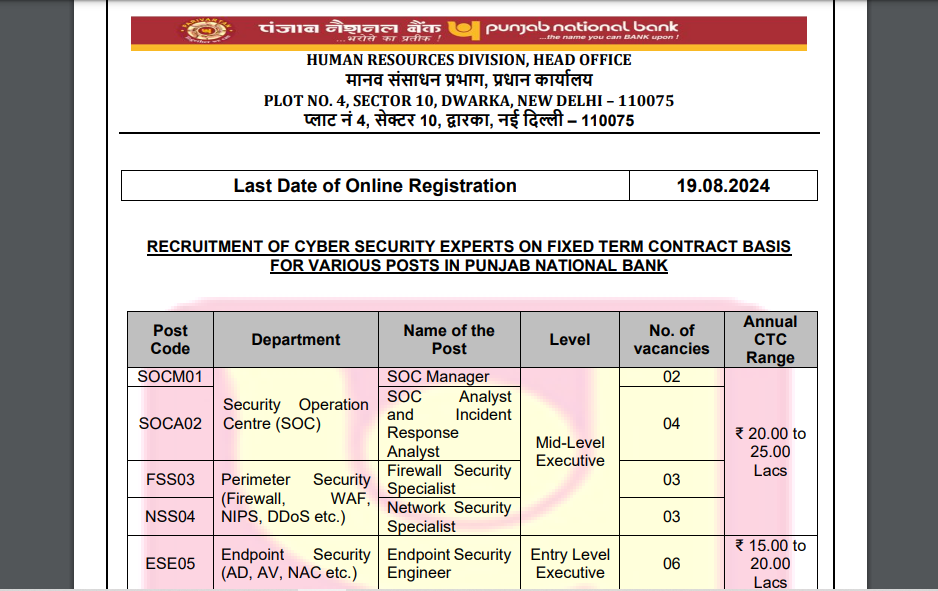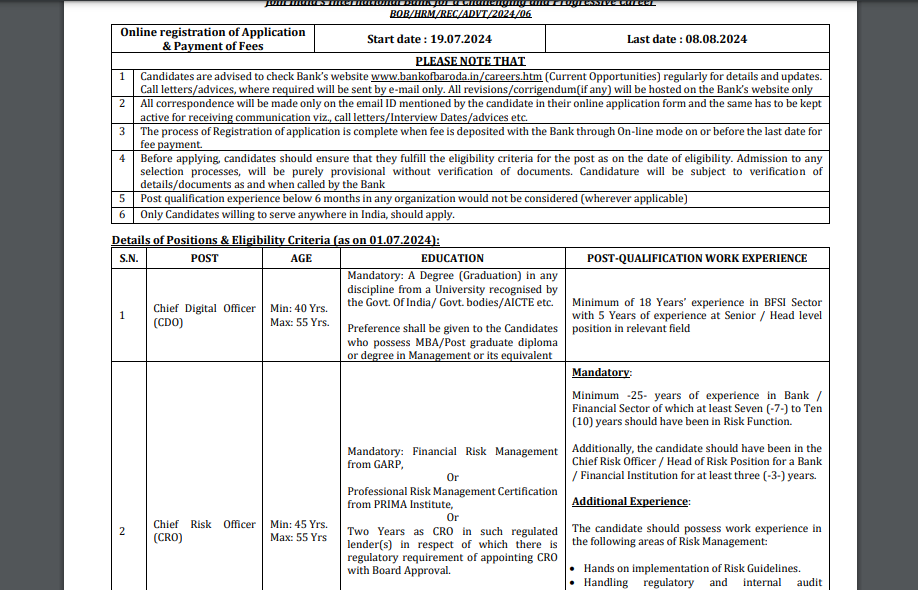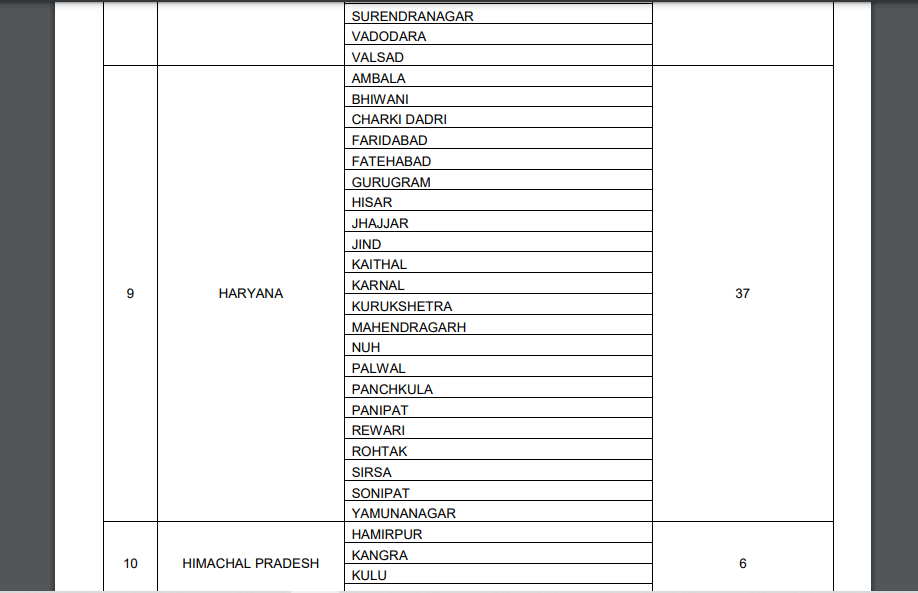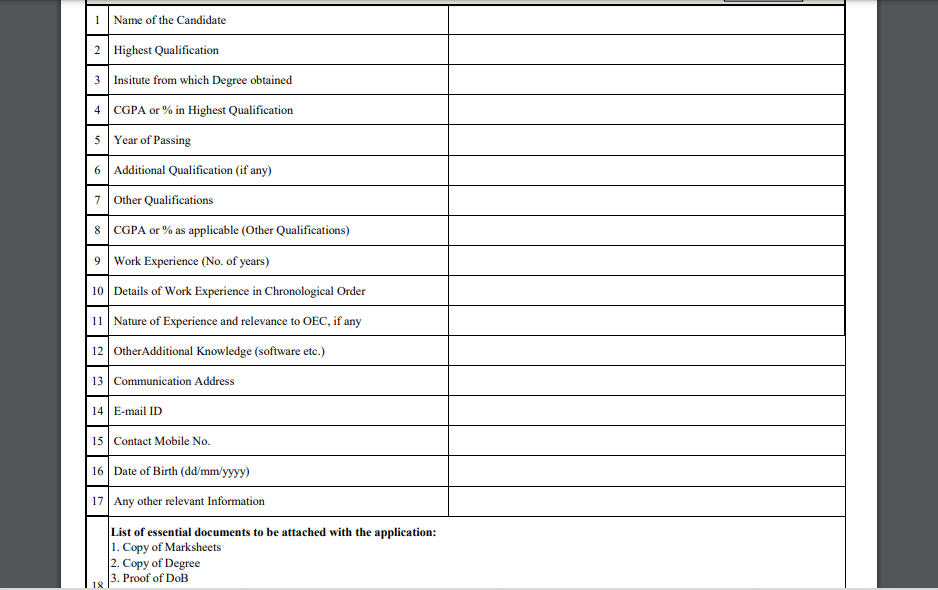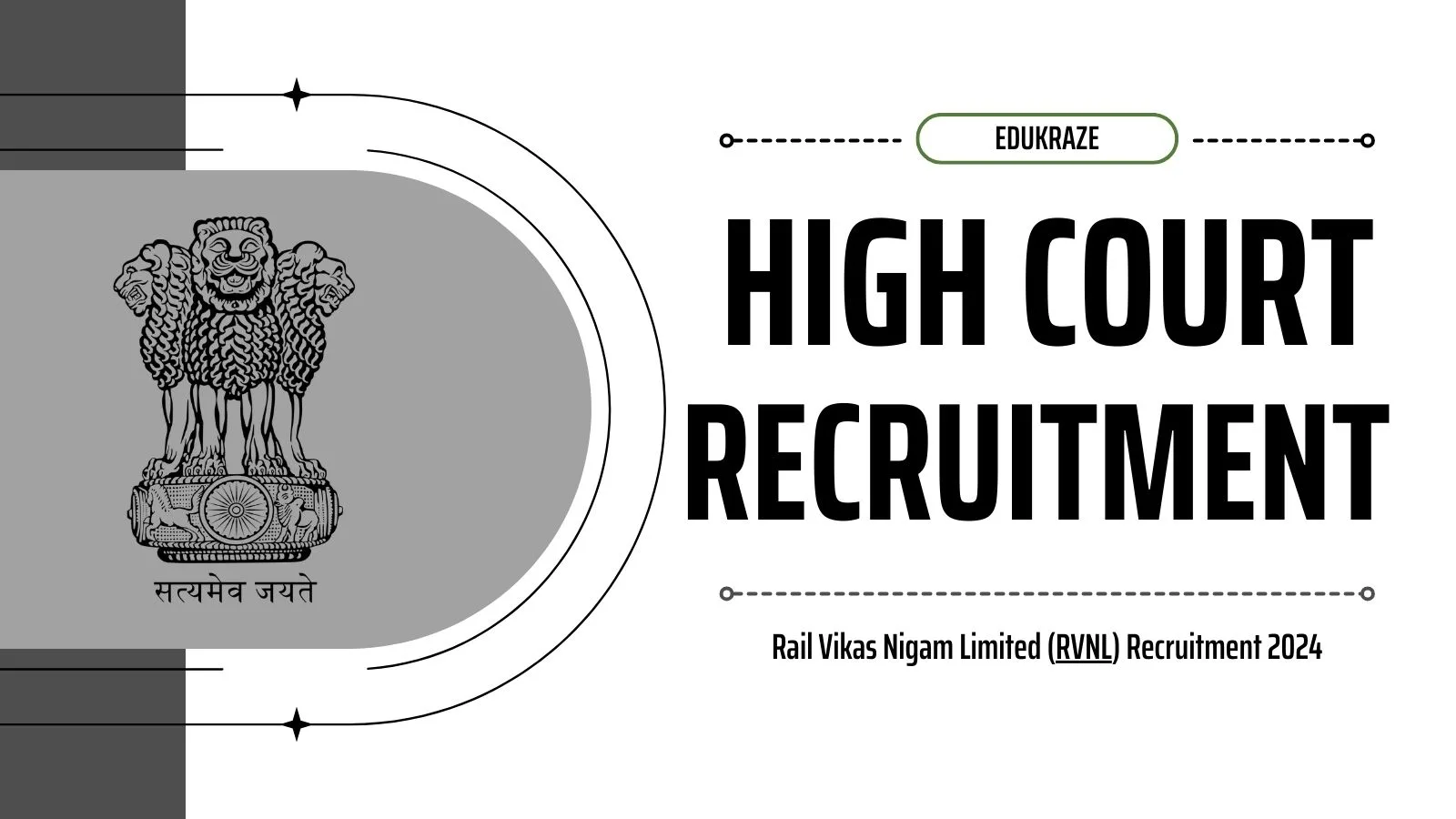Learn about the International Day of Combating Sand and Dust Storms and the importance of protecting the environment. Find out how we can take action to mitigate the adverse effects of sand and dust storms worldwide.
Combating Sand and Dust Storms
Some of the most intimidating sights in nature are rolling dark clouds of sand and dust that engulf everything in their path, a phenomenon that turns day into night and wreaks havoc everywhere from Northern China to sub-Saharan Africa.
Sand and Dust Storms and the Sustainable Development Goals (SDGs)
Sand and dust storms (SDS) present a formidable and widespread challenge to achieving sustainable development in its economic, social, and environmental dimensions. They have become a serious global concern in recent decades due to their significant impacts on the environment, health, agriculture, livelihoods, and socio-economic well-being. Sand and dust storms are an essential element of the Earth’s natural bio-chemical cycles but are also caused in part by human-induced drivers, including climate change, and unsustainable land management and water use. In turn, sand and dust storms contribute to climate change and air pollution. Sand and dust storms’ impacts are felt in all regions of the world, both in developed and developing countries, and pose severe challenges to achieving 11 of the 17 Sustainable Development Goals, especially:
SDG-2 — Goal 2: Zero Hunger
SDG-3 — Goal 3: Health
SDG-6 — Goal 6: Water and Sanitation
SDG-8 — Goal 8: Economic Growth
SDG-11 — Goal 11: Cities
SDG-13 — Goal 13: Climate Action
SDG-15 — Goal 15: Biodiversity, Forests, and Desertification
At least 25 percent of global dust emissions originate from human activities, and in some areas, desert dust has doubled in the 20th century. The impact of this phenomena is difficult to control, as human activity in one part of the world can cause sand and dust storms in another region. However, just as sand and dust storms are caused by human activities, these storms can also be reduced through human actions.
United Nations Action
Recognizing that sand and dust storms and their negative impacts at different scales are issues of international concern, the United Nations General Assembly proclaimed 12 July as the International Day of Combating Sand and Dust Storms (A/RES/77/294).
The United Nations General Assembly, furthermore, stressed the need for cooperation at the global and regional levels, with a view to preventing, managing, and mitigating the effects of sand and dust storms through the enhancement of early warning systems and the sharing of climate and weather information to forecast sand and dust storms. The General Assembly affirmed that resilient action to combat and reduce sand and dust storms requires a better understanding of the severe multidimensional impacts of sand and dust storms, including the deterioration of the health, well-being, and livelihood of people, increased desertification and land degradation, deforestation, loss of biodiversity and land productivity, threatening food security, and their impact on sustainable economic growth.
United Nations Coalition on Combating Sand and Dust Storms (UNCCD)

In response to several recent General Assembly resolutions on Combating sand and dust storms, United Nations Convention to Combat Desertification (UNCCD) Parties officially launched the UN Coalition on Combating Sand and Dust Storms, committing the UN System to a proactive approach to combat Sand and dust storms (SDS), and to enhance cooperation and coordination on SDS at global, regional, and sub-regional levels.
The mandate of the UN Coalition on Combating SDS, as defined by the participating entities, is as follows:
- Promote and coordinate a collaborative UN System response to SDS.
- Facilitate exchange of knowledge, data, and best practices among Coalition members to promote effective and coherent actions on SDS across the UN system and beyond.
- Encourage and promote collaboration on initiatives and actions among members of the Coalition, including advocacy and funding initiatives.
- Facilitate dialogue and collaboration amongst affected countries and the UN system in addressing SDS issues collectively.
- Facilitate the capacity-building of Member States, raise their awareness and enhance their preparedness and response to SDS in critical regions.
Sand and Dust Storms
Sand and dust storms present a formidable and widespread challenge to achieving sustainable development in its economic, social, and environmental dimensions. They have become a serious global concern in recent decades due to their significant impacts on the environment, health, agriculture, livelihoods, and socio-economic well-being. Sand and dust storms are an essential element of the Earth’s natural bio-chemical cycles but are also caused in part by human-induced drivers, including climate change, unsustainable land management, and water use. In turn, sand and dust storms contribute to climate change and air pollution. Sand and dust storms’ impacts are felt in all regions of the world, both in developed and developing countries, and pose severe challenges to achieving the Sustainable Development Goals, including SDGs 2, 3, 6, 8, 11, 13, and 15 in affected developing countries (see General Assembly resolution 70/1).
Key Facts – Combating Sand and Dust Storms
Here are some key facts about sand and dust storms:
- Approximately 2 million tonnes of sand and dust enter the atmosphere annually.
- SDS mostly occur in dry and desert regions but can be carried long distances to impact regions much further away.
- Dust particles, circulated by SDS, provide nutrients to marine ecosystems but can also contribute to coral mortality and hurricane formation.
- SDS can cause respiratory diseases, heart disorders, and eye and skin irritation and can also spread other diseases, such as meningitis.
- Aviation and ground transportation can be disrupted by SDS.
- Agricultural practices and productivity can be impacted by SDS, which can also contribute to desertification processes.
- Sustainable water and land management practices can decrease the impacts of SDS.
The UN Sand and Dust Storm (SDS) Coalition
The 24th Senior Officials Meeting of the EMG in 2018 led to the formation of a Coalition to Combat Sand and Dust Storms. This was in response to UN General Assembly Resolution 72/225 (2018) and the preceding UN Environment Assembly Resolution 2/21 (2016). The Coalition is made up of 15 nominated UN agency Focal Points.
Meetings of the Coalition
The Coalition holds regular meetings to discuss and coordinate actions on combating sand and dust storms. The meetings held so far are as follows:
- First Meeting
- Second Meeting
- Technical Workshop on SDS Risk Assessment Methodology
- Third Meeting
The Coalition Working Groups
To address the various aspects of sand and dust storms, the Coalition has established five cross-cutting working groups:
- WG#1 – Adaptation and Mitigation (FAO)
- WG#2 – Forecasting and Early Warning (WMO)
- WG#3 – Health and Safety (WHO)
- WG#4 – Policy and Governance (UNEP and UNCCD)
- WG#5 – Mediation and Regional Collaboration (UN ESCAP)
Conclusion
The International Day of Combating Sand and Dust Storms, observed on 12 July each year, highlights the urgent need for collective action to address the challenges posed by sand and dust storms. These storms have severe impacts on the environment, health, agriculture, and economic growth, and they pose obstacles to achieving the Sustainable Development Goals. Through the United Nations Coalition on Combating Sand and Dust Storms, global cooperation and coordination are being fostered to combat this global issue. By raising awareness, enhancing early warning systems, and promoting sustainable practices, we can mitigate the effects of sand and dust storms and work towards a more sustainable and resilient future.
FAQs
1. Are sand and dust storms only a problem in desert regions? Sand and dust storms are more common in dry and desert regions, but their impacts can be felt in various parts of the world, even in areas far away from deserts.
2. How do sand and dust storms contribute to climate change? Sand and dust storms release large amounts of dust particles into the atmosphere, which can affect solar radiation, air temperature, and atmospheric circulation patterns, potentially influencing climate patterns and contributing to climate change.
3. What can individuals do to help combat sand and dust storms? Individuals can contribute to reducing sand and dust storms by practicing sustainable land management, conserving water resources, and supporting initiatives that promote reforestation and ecosystem restoration.
4. What are the health risks associated with sand and dust storms? Sand and dust storms can cause respiratory diseases, heart disorders, eye and skin irritation, and can also spread other diseases. It is important to take necessary precautions, such as wearing masks, during these events.
5. How can early warning systems help in combating sand and dust storms? Early warning systems can provide timely information and alerts about approaching sand and dust storms, allowing people to take necessary precautions and minimize potential risks to health, agriculture, and infrastructure.

